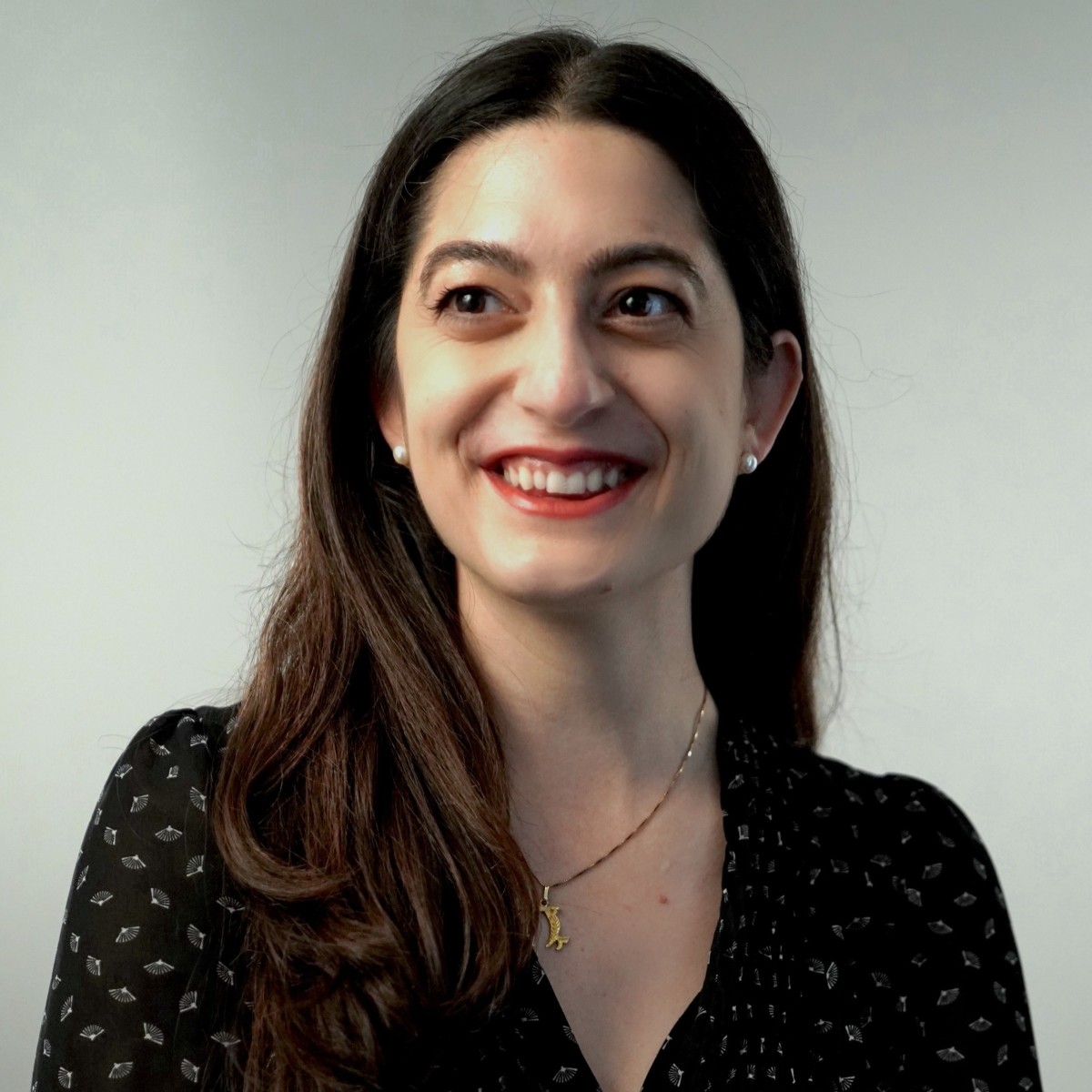Breaking into the venture capital ecosystem is both challenging and competitive. Having a great investment thesis is key to running a successful VC fund. Without a clear investment strategy and effective portfolio construction, your fund won’t get very far.
In this article, we’ll cover how you can develop a strong investment thesis.
What is an investment thesis?
In private equity and venture capital, an investment thesis (sometimes called a fund thesis or fund strategy) outlines how you plan to use invested capital to generate returns. Your investment thesis clarifies how you’ll make money for the investors in your fund—it’s a definition of what your fund will do.
Your investment thesis may include:
-
Your fund size
-
The number of companies in your portfolio
-
The stages and industries of those companies
-
The geographies those companies are located in
-
The differentiated way your fund will support your portfolio companies
-
Your average check size
-
The amount of capital reserved for follow-on investments
-
The return profile for your fund, based on the size of the stakes you’re trying to take in each company and your estimated success rate
-
How the fund will set itself apart from similarly sized or focused funds
An investment thesis tells a story by describing how each of these elements work together.
Why you need a solid investment thesis
Your fund’s investment thesis explains how you’ll cooperate with, compete with, and differentiate from other venture funds. An effective fund investment thesis is realistic and sustainable. It aligns with your investment team’s network of professional contacts (which provides access to deals), untapped opportunities in new and existing markets, and your LPs’ investment interests.
Your fund thesis also supports compliance with the “ venture capital fund” definition under the Investment Advisers Act of 1940, which is important if you plan to rely on the related regulatory exemption for private funds.
How to write an investment thesis
Creating your own fund investment thesis involves determining fund size, investment focus, and portfolio construction.
Step one: Determine your minimum viable fund size
The size of your fund influences almost every element of your investment strategy: The number of companies in your portfolio, your check size, the amount of reserve capital you have, and the return profile for your fund. Fund size also affects the types of LPs you attract and helps determine your fund’s portfolio management fees, which then dictate the operational expenses you can realistically support.
Competitive research
To determine your ideal fund size, start by researching funds with goals and benchmarks like yours to see how they’re faring. You may also want to research successful funds across a handful of different industries and sectors to see what works. You can learn more information about funds by subscribing to trade publications, reading press releases from funds when they close, or on social media.
Step two: Pinpoint your investment focus
Once you’ve settled on a fund size, the next step is to outline the stage, industry, and location you’ll invest in. Articulating your investment focus helps narrow your aim and convince limited partners (LP) with interests in these sectors and stages to get on board with your strategy. It also makes it easier for founders who meet your parameters to identify your fund as a potential investor—and discourages founders who aren’t a good fit from pitching your firm.
Stage
At what point in a company’s life cycle do you want to invest and offer guidance? If you’re interested in being a sounding board for early-stage companies who are just getting started, you might want to invest at the pre-seed, seed, or Series A stages. However, if you prefer to work with companies that already have steady revenue and an established business model, you’ll probably want to focus on a later stage.
Ultimately, the stage where you can focus your investments will be a function of your fund size and the anticipated number of companies in your portfolio. So keep this top of mind when building out your minimal viable fund size.
Industry
Which sectors are you interested in? Do you plan to target a specific industry—like healthcare, fintech, or real estate—or focus on companies across a handful of different industries?
Geography
Where are the companies you’ll be investing in? What particular challenges and assets do they have because of where they operate? You may choose to invest in local companies if you already have a deep network of contacts nearby. On the other hand, if you’re open to traveling, or want to capitalize on emerging, international, or underserved markets, you may want to expand your reach. This may also apply if your fund’s investment thesis is based on industry, for example, so you may be agnostic to geography.
Other considerations
Depending on your investment goals, you might have other criteria to look at, like a company’s social impact, environmental influence, or commitment to diversity, equity, and inclusion.
Step three: Portfolio construction
A thoughtful portfolio is critical to running a successful fund and shaping your overall investment thesis. Your strategy for portfolio construction signals to LPs how you plan to allocate their capital across investments. Your fund’s investment portfolio is essentially the roadmap for the life of the fund. It spells out the number of companies you’ll invest in, the amount of capital you’ll pour into each company, your target ownership for each company, how much you’ll set aside for initial investments, and how much you’ll reserve for follow-on investments.
Portfolio construction is made up of the following elements:
-
Investment focus
-
Diversification: Types of companies you’ll invest in and what percent of the fund will be for non-qualifying investments or investments outside the thesis
-
Check size: The amount you’ll invest in each company
-
Investment horizon: How long you have to allocate the capital and how long you’ll hold each investment
-
Expected returns: How much you expect to return on the capital invested
-
Investor requirements: Maximum or minimum contributions
A good rule of practice is to ensure that your investments align with your portfolio construction model before making each investment decision, and then actively thereafter. Set aside time to regularly evaluate whether your investments align with your model, and where to course-correct. If your investments deviate from your original thesis, you’ll need to adjust your model or reset your focus. This is particularly important to track if you include a specific investment thesis in your fund’s legal documents.
How to present your fund thesis to LPs
Most VCs prepare versions of their fund thesis that go into different levels of detail, ranging from a one-sentence elevator pitch, like the example below, to a full pitch deck.
Investment thesis example
You should be able to sum up your fund strategy in one or two straightforward sentences. Here’s an example investment thesis from a hypothetical venture fund:
“Krakatoa Ventures is raising a $25 million seed fund to back U.S.-based startups focused on climate technology and earth sciences. The fund will capitalize a highly specialized network of climate scientists the general partners developed during their two decades of academic study in volcanology and climatology.”
Your edge
This example highlights a key aspect of a great fund strategy: It shouldn’t be a thesis that just anybody can go out and execute. Your edge, such as your personal experience and network, are integral parts of the plan. Articulate why you’re better positioned than anyone else to execute your investment thesis.




